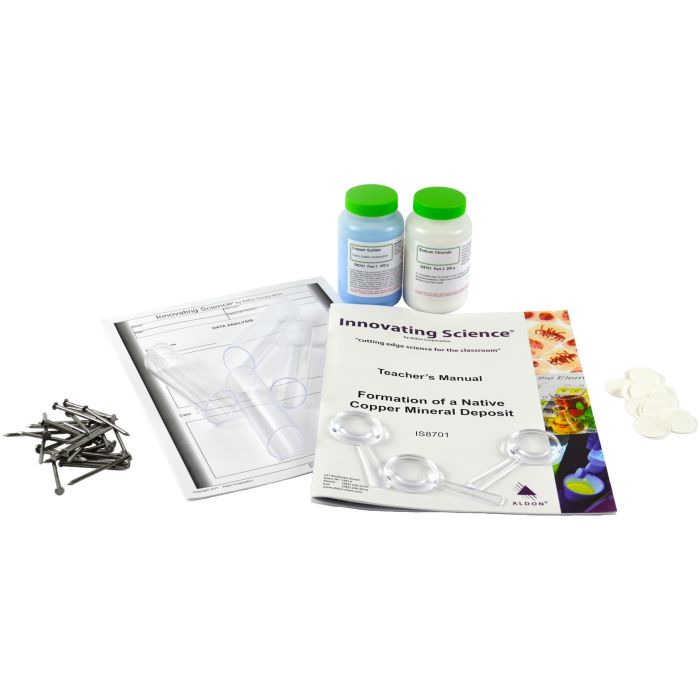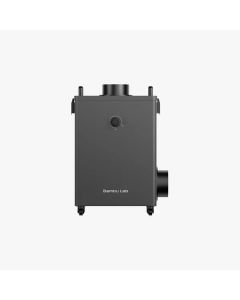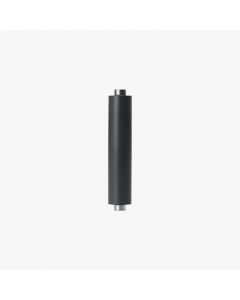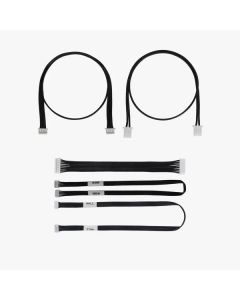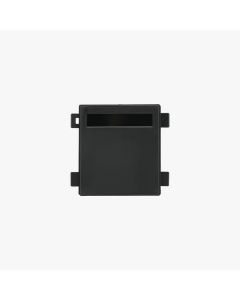We use cookies to make your experience better. To comply with the new e-Privacy directive, we need to ask for your consent to set the cookies. Learn more.
Innovating Science® - Formation of a Native Copper Mineral Deposit
Rating:
80 % of 100
$59.00
Chemical products can only be purchased by Corporations and Educational Institutions. Private Individuals are not eligible.
Chemical Products can not be shipped to residential addresses.
Manufacturer ID - IS8701
Students will learn about acids and bases through a class discussion and then test a dilute acid and dilute base with neutral litmus paper to learn how the paper indicates something is acidic or basic. Once that skill is learned they can move on to test some common items that would be found around their house to determine if they are acids or bases. Optional: Extra litmus paper is included to test more items either from home or around the school building for a greater understanding of acids and bases. The activity contains enough materials for 6 groups of students.
Description
Of all the naturally occurring metals copper is one of the most useful and versatile. Evidence suggests copper has been used by humans for at least 10,000 years. Copper is used for architecture. It is used for electrical wiring, water pipes, and plumbing fixtures. It is found in automobiles and a variety of electronics and electronic devices. It is in electrical motors, generators, and turbines. It is an important part of heat exchangers found in refrigeration and air conditioning units, it is on circuit boards and in electromagnets.
While copper is typically extracted from copper-containing mineral ores that must be treated and refined to obtain the pure metal, copper also exists in nature in its native elemental form. This is the rarest and most valuable form of copper as it is the easiest to process to obtain pure metal. In this activity, students will create specific environment conditions and examine the formation of native copper deposits over several days. Kit contains enough materials for 15 groups. Teacher's Guide and Student Study and Analysis copymasters are included.
Aligned to the Next Generation Science Standards (NGSS)*
Disciplinary Core Ideas: PS1.A; PS1.B; ESS3.A
Performance Expectations: MS-PS1-2; MS-ESS3-1; HS-ESS3-2; HS-PS2-6
Cross Cutting Concepts: Structure and Function; Influence of Engineering, Technology and Science on Society and the Natural World; Patterns; Cause and Effect; Science Addresses Questions About the Natural and Material World
Engineering Practices: Analyzing and Interpreting Data; Constructing Explanations and Designing Solutions; Scientific Knowledge is Based on Empirical Evidence; Engaging in Argument from Evidence; Obtaining, Evaluating, and Communicating Information
Kit Includes:
200g Copper Sulfate
200g Sodium Chloride
30 Iron Nails
15 Plastic Vials
50 Filter Paper Discs, 10mm
15 Hand Magnifiers
Materials Needed but not Supplied:
Distilled or Deionized Water
DOT Info:
Non-regulated
*"Next Generation Science Standards" is a registered trademark of Achieve. Neither Achieve nor the lead states and partners that developed the Next Generation Science Standards was involved in the production of, and does not endorse, this product.
While copper is typically extracted from copper-containing mineral ores that must be treated and refined to obtain the pure metal, copper also exists in nature in its native elemental form. This is the rarest and most valuable form of copper as it is the easiest to process to obtain pure metal. In this activity, students will create specific environment conditions and examine the formation of native copper deposits over several days. Kit contains enough materials for 15 groups. Teacher's Guide and Student Study and Analysis copymasters are included.
Aligned to the Next Generation Science Standards (NGSS)*
Disciplinary Core Ideas: PS1.A; PS1.B; ESS3.A
Performance Expectations: MS-PS1-2; MS-ESS3-1; HS-ESS3-2; HS-PS2-6
Cross Cutting Concepts: Structure and Function; Influence of Engineering, Technology and Science on Society and the Natural World; Patterns; Cause and Effect; Science Addresses Questions About the Natural and Material World
Engineering Practices: Analyzing and Interpreting Data; Constructing Explanations and Designing Solutions; Scientific Knowledge is Based on Empirical Evidence; Engaging in Argument from Evidence; Obtaining, Evaluating, and Communicating Information
Kit Includes:
200g Copper Sulfate
200g Sodium Chloride
30 Iron Nails
15 Plastic Vials
50 Filter Paper Discs, 10mm
15 Hand Magnifiers
Materials Needed but not Supplied:
Distilled or Deionized Water
DOT Info:
Non-regulated
*"Next Generation Science Standards" is a registered trademark of Achieve. Neither Achieve nor the lead states and partners that developed the Next Generation Science Standards was involved in the production of, and does not endorse, this product.
Specification
| Brand Name | Innovating Science® |
|---|---|
| Performance Expectations | 5-PS1-3 5-PS1-4 |
| Cross Cutting Concepts | Cause and Effect Scale, Proportion, and Quantity |
| Engineering Practices | Planning and Carrying Out Investigations |
| Box Used | 12663SBOX |
| Width (in) | 6.25 |
| Height (in) | 4 |
| Weight (oz) | 19.9 |
| Weight (lb) | 1.24 |
| Country of Origin | US |
| Harmonization Code | 9023.00.0000 |
| DOT Description | Non regulated |
Related items you may like
Customer Reviews
Be the first to review this product
0%
of customers recommend this product
5 Stars
4 Stars
3 Stars
2 Stars
1 Star
Write Your Own Review
Only registered users can write reviews. Please Sign in or create an account


